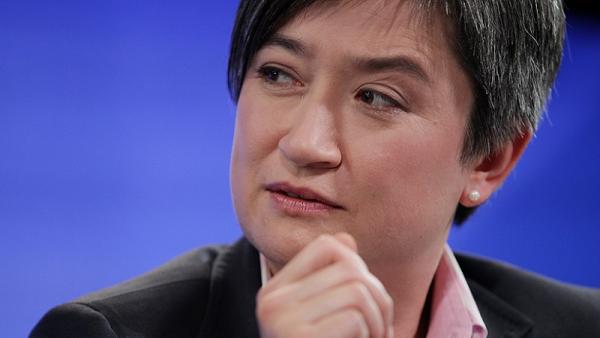
James Laurenceson, Deputy Director, Australia-China Relations Institute, University of Technology Sydney |
This article originally appeared in the Australian Financial Review, October 15 2015.
Getting there wasn't pretty, but Labor got their response to the China free trade agreement right in the end.
On Tuesday a modest list of safeguards for bringing in workers from overseas was tabled, which if accepted by the government will see the deal sail through Parliament with bipartisan support.
Given that the recently signed Trans-Pacific Partnership delivered so little for agriculture, Australia's farmers in particular will be delighted that the dollars from China should start rolling in by Christmas.
Shadow Trade and Investment Minister Penny Wong deserves credit for insisting on a pragmatic line. Crucially, there is nothing in what Labor is asking for that discriminates against China. Anything less would have invited the Chinese to walk away.
Labor has agreed that the FTA should be left untouched. In doing so, the federal opposition has joined Labor state premiers in the view that having a strong economic relationship with China is worth more than appeasing noisy special interest groups.
The main change being sought is an amendment to the Migration Act that will require employers seeking a work agreement to demonstrate they have tried to find local workers first. Work agreements apply to major projects and are negotiated between companies and the Australian government. They can include concessions to the general 457 visa scheme for temporary skilled overseas workers in areas such as qualifications and English language requirements.
This will affect investment facilitation arrangements (IFAs), which were negotiated in a memorandum of understanding alongside the China FTA. But the Chinese are unlikely to object because work agreements can be struck by any company, local or foreign, Chinese or otherwise. Nor should the Coalition be too concerned: labour market testing already applies as a matter of departmental policy. That said, Trade and Investment Minister Andrew Robb may see fit to reject the idea that labour market testing should be needed to enter into a work agreement. This would impose an unreasonable cost on business for the right to access overseas workers they may never need. It's if and when a company is trying to bring in labour that matters.
For all the complaints that Chapter 10 of the FTA will make it easier for workers from China to come, the fact is that it doesn't extend any great favours. Labour market testing will be removed for Chinese workers in the general 457 visa scheme for skill level three occupations, mostly the trades, as well as nursing and some engineering positions.
But data from the Department of Immigration and Border Protection show that nine out of 10 Chinese workers who came to Australia over the past six years were in skill level one and two occupations. These are managers and other professionals, and there is already no labour market testing requirement for these groups.
As for skill level three workers, China will simply be bought into line with how all our other major trade and investment partners are treated, including Japan, Korea, the United States and New Zealand, as well as some minor ones such as Thailand and Chile.There hasn't been any spike in workers coming from these countries since labour market testing was removed as part of our FTA commitments. That's not surprising: overseas workers still need to be given pay and conditions, the same as locals.
Labor has also accepted that the skills of Chinese workers in certain occupations, including electricians, will be assessed in the same way as those from 150 other countries. China is on a list of just 10 countries whose workers are subject to mandatory rather than discretionary skills assessment. Yet last month Department of Foreign Affairs and Trade officials told the Treaties Committee examining the China FTA that Chinese workers did not pose any special risks compared with countries not on the list.
Now here's some irony: with some justification Labor might start claiming to be the party offering leadership on Australia's most important economic relationship.
When the Asia Infrastructure Investment Bank Bill 2015 was presented to Parliament last month, Labor MP Terri Butler reminded everyone that, Andrew Robb and Joe Hockey aside, it was the Coalition that appeared to need dragging into supporting this China-led initiative.
And Penny Wong has correctly pointed out that changes the Coalition have introduced to Parliament this week on foreign investment rules in agriculture will leave the Chinese subject to more restrictions than their counterparts in the US, New Zealand, Singapore, Thailand and Chile. It was only recently, when Chinese investors began showing an interest in buying Australian farms and agribusinesses, that the rules were deemed in need of tightening.
This week Labor stared down the more anxious elements in its party in favour of the national interest.
Now the pressure is on the Coalition to do the same.
Author
Professor James Laurenceson is Deputy Director of the Australia-China Relations Institute (ACRI) at the University of Technology Sydney.


